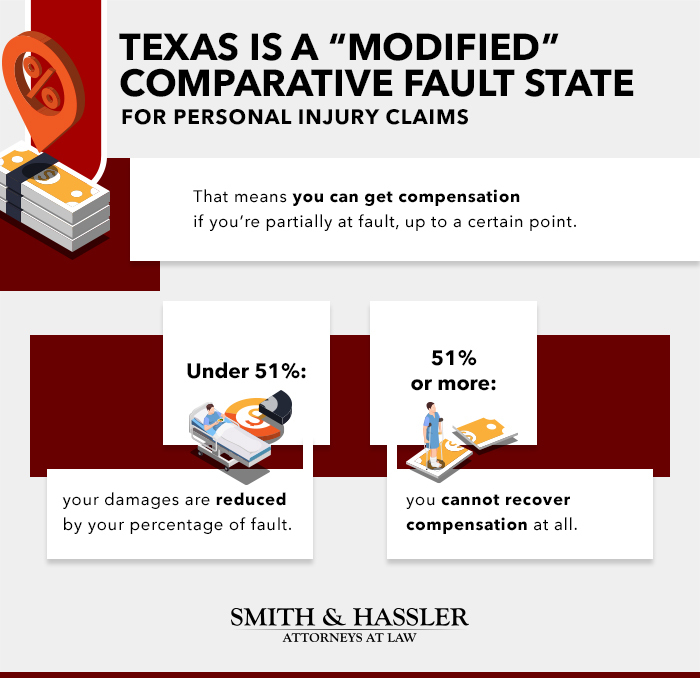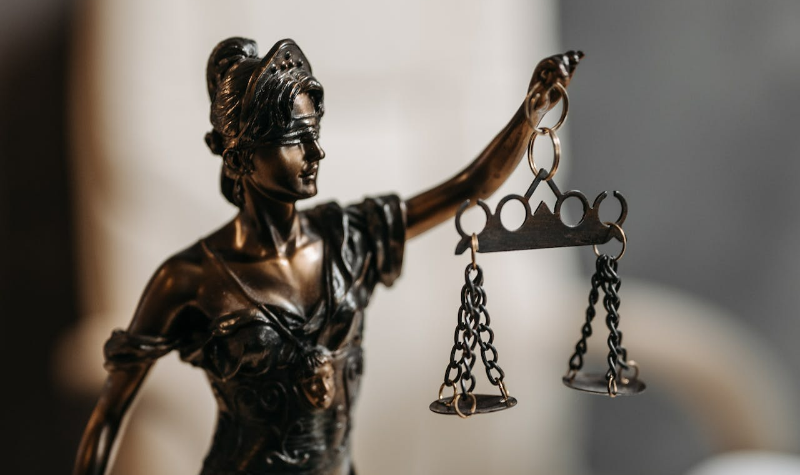Understanding Comparative Fault Laws With A Lawyer In Accident Cases

Understanding Comparative Fault Laws with a Lawyer in Accident Cases
Related Articles: Understanding Comparative Fault Laws with a Lawyer in Accident Cases
- How Accident Lawyers Help Secure Justice For Victims
- Dog Bites And Personal Injury: When To Call An Accident Attorney
- The Role Of Accident Lawyers In Insurance Disputes
- Top Legal Strategies Used By Experienced Accident Lawyers
- When To Hire A Lawyer After A Minor Car Accident
Introduction
Join us as we dive into the essential aspects of Understanding Comparative Fault Laws with a Lawyer in Accident Cases. Through this article, we aim to engage, inform, and inspire you with comprehensive information and practical perspectives.
Video about Understanding Comparative Fault Laws with a Lawyer in Accident Cases
Understanding Comparative Fault Laws with a Lawyer in Accident Cases

Accidents happen, and when they involve injury or property damage, determining liability can be complex. In many jurisdictions, the principle of comparative fault governs how responsibility is assigned and damages are awarded in accident cases. This legal doctrine significantly impacts the outcome of personal injury claims, making it crucial for individuals involved in accidents to understand its intricacies. This article explores comparative fault laws in detail, highlighting their implications and the crucial role of a lawyer in navigating these complexities.
1. Defining Comparative Fault: A Shift from Contributory Negligence
Historically, the doctrine of contributory negligence reigned supreme. Under this strict rule, if a plaintiff (the injured party) was even slightly at fault for their injuries, they were completely barred from recovering any damages, regardless of the defendant’s (the at-fault party’s) level of negligence. This system often led to unfair outcomes, leaving injured individuals without recourse even when the defendant was primarily responsible for the accident.
Comparative fault represents a significant departure from this harsh rule. It acknowledges that accidents frequently involve multiple parties sharing responsibility for the resulting harm. Instead of barring recovery altogether, comparative fault allocates responsibility proportionally among all at-fault parties. The plaintiff’s recovery is reduced in proportion to their own degree of fault. This more equitable approach aims to fairly distribute liability based on each party’s contribution to the accident.
2. Types of Comparative Fault Systems: Pure and Modified
Comparative fault systems are not uniform across jurisdictions. They are broadly categorized into two main types: pure comparative fault and modified comparative fault. Understanding this distinction is crucial for accurately assessing potential recovery.
-
Pure Comparative Fault: Under a pure comparative fault system, a plaintiff can recover damages even if they are found to be more at fault than the defendant. Their recovery is simply reduced by their percentage of fault. For example, if a plaintiff is 80% at fault and the defendant 20%, the plaintiff can still recover 20% of their damages.
-
Modified Comparative Fault: Modified comparative fault systems introduce a threshold. The plaintiff’s recovery is reduced by their percentage of fault only if their fault is below a certain percentage. The most common threshold is 50%. This means:
- 50% Rule: If the plaintiff’s fault is less than 50%, their recovery is reduced proportionally.
- 51% Rule: If the plaintiff’s fault is 50% or more, they are barred from recovering any damages.

The specific type of comparative fault system in effect will significantly influence the outcome of a case. Therefore, determining the applicable jurisdiction’s rules is paramount.
3. Determining Fault: Evidence and Expert Testimony
Establishing fault in a comparative fault case requires meticulous investigation and the presentation of compelling evidence. This often involves gathering various forms of evidence, including:
- Police Reports: These reports provide an initial account of the accident, including witness statements and officer observations.
- Witness Testimony: Eyewitness accounts can offer crucial details about the events leading up to and during the accident.
- Medical Records: These documents document the plaintiff’s injuries and the extent of their treatment.
- Photographs and Videos: Visual evidence can powerfully depict the accident scene and the damage sustained.
- Expert Testimony: Expert witnesses, such as accident reconstructionists and medical professionals, can provide specialized analysis and opinions regarding the cause of the accident and the nature of the injuries. Their testimony is often crucial in establishing the degree of fault for each party.

The strength of the evidence presented directly impacts the jury’s or judge’s determination of fault percentages. A skilled lawyer will meticulously gather and present the most compelling evidence to support their client’s case.
4. The Role of a Lawyer in Comparative Fault Cases
Navigating the complexities of comparative fault requires expert legal representation. A lawyer plays a critical role in several aspects of the case:
- Investigation and Evidence Gathering: Lawyers conduct thorough investigations to gather all relevant evidence, including interviewing witnesses, obtaining police reports, and securing expert testimony.
- Legal Strategy and Negotiation: They develop a strong legal strategy tailored to the specific facts of the case and negotiate with insurance companies to secure a fair settlement.
- Litigation: If a settlement cannot be reached, lawyers represent their clients in court, presenting evidence and arguments to the judge or jury.
- Fault Allocation: They meticulously analyze the evidence to determine the degree of fault attributable to each party, arguing for a favorable allocation of responsibility.
- Damage Calculation: Lawyers calculate the full extent of damages, including medical expenses, lost wages, pain and suffering, and property damage.
- Protecting Client’s Rights: They ensure that their clients’ rights are protected throughout the legal process.
5. Calculating Damages Under Comparative Fault
Once fault is determined, damages are calculated. The plaintiff’s recovery is reduced by their percentage of fault. For instance, if a plaintiff is awarded $100,000 in damages but is found 30% at fault, their net recovery will be $70,000 ($100,000 x 0.70). This calculation includes all types of damages, such as:
- Economic Damages: These are quantifiable losses, including medical bills, lost wages, and property repair costs.
- Non-Economic Damages: These are more subjective and harder to quantify, including pain and suffering, emotional distress, and loss of consortium.
The calculation of damages is another area where expert legal counsel is crucial. A lawyer can ensure that all damages are properly documented and presented to maximize the client’s recovery.
6. Multiple Parties and Apportionment of Fault
Accident cases often involve multiple parties. Comparative fault systems handle this by apportioning fault among all at-fault parties. The plaintiff’s recovery can be reduced by the percentage of fault assigned to them, as well as the percentage of fault assigned to other at-fault parties. This can significantly impact the overall recovery. For example, if the plaintiff is 20% at fault, and another driver is 30% at fault, the plaintiff’s recovery from the remaining defendant might be reduced by 50% (20% + 30%).
7. Challenges and Complexities of Comparative Fault
Despite its aim for fairness, comparative fault presents challenges:
- Determining Fault Percentages: Accurately assigning fault percentages can be subjective and difficult, particularly in complex accidents involving multiple parties and contributing factors.
- Proof of Fault: The burden of proof rests on the plaintiff to demonstrate the defendant’s negligence and their own comparative fault.
- Jury Bias: Juries may exhibit bias in assigning fault percentages, leading to unpredictable outcomes.
- Insurance Implications: Insurance companies often aggressively defend against claims, seeking to minimize their liability by highlighting the plaintiff’s comparative fault.
8. The Importance of Early Legal Consultation
Seeking legal advice immediately after an accident is crucial. A lawyer can begin the investigation process promptly, preserving evidence and protecting the client’s rights. Early consultation allows for a thorough assessment of the case, the development of a robust legal strategy, and effective negotiation with insurance companies. Delaying legal counsel can significantly jeopardize a client’s ability to recover damages.
9. Conclusion: Navigating the System with Legal Expertise
Comparative fault laws represent a significant shift towards a more equitable system for handling accident claims. However, the complexities of these laws demand expert legal representation. Understanding the nuances of pure versus modified comparative fault, the process of determining fault, and the calculation of damages is crucial for maximizing recovery. A skilled lawyer provides the necessary expertise to navigate this intricate legal landscape, protecting the rights of injured individuals and securing fair compensation for their losses.
Frequently Asked Questions (FAQs)
Q: What is the difference between contributory negligence and comparative negligence?
A: Contributory negligence completely bars a plaintiff from recovering damages if they are even slightly at fault. Comparative negligence allows recovery even if the plaintiff is partially at fault, reducing the award based on their percentage of fault.
Q: What is the difference between pure and modified comparative negligence?
A: In pure comparative negligence, the plaintiff can recover damages regardless of their percentage of fault. In modified comparative negligence, the plaintiff’s recovery is barred if their fault exceeds a certain threshold (usually 50% or 51%).
Q: How is fault determined in a comparative negligence case?
A: Fault is determined through evidence presented in court, including police reports, witness testimony, medical records, photographs, videos, and expert testimony.
Q: What types of damages can I recover in a comparative negligence case?
A: You can recover both economic damages (medical bills, lost wages) and non-economic damages (pain and suffering, emotional distress).
Q: Do I need a lawyer if I’m involved in an accident?
A: Yes, having a lawyer is highly recommended. They can help you navigate the complexities of comparative negligence laws, gather evidence, negotiate with insurance companies, and represent you in court if necessary.
Q: What if the accident involved multiple parties?
A: In cases with multiple parties, fault is apportioned among all at-fault individuals. Your recovery may be reduced by the percentage of fault assigned to you and other at-fault parties.
Q: How long do I have to file a lawsuit after an accident?
A: Statutes of limitations vary by jurisdiction and type of claim. It’s crucial to consult with a lawyer as soon as possible to understand the applicable deadlines.
Q: Can I settle my case out of court?
A: Yes, many comparative negligence cases are settled out of court through negotiation with insurance companies. A lawyer can help you negotiate a fair settlement.
Q: What if I am found to be more at fault than the other party?
A: In a pure comparative negligence system, you can still recover damages, but your recovery will be reduced by your percentage of fault. In a modified comparative negligence system, your recovery may be completely barred if your fault exceeds the threshold (typically 50% or 51%).
This information is for educational purposes only and does not constitute legal advice. You should consult with a qualified legal professional for advice tailored to your specific situation.
Closure
We hope this article has enriched your understanding of Understanding Comparative Fault Laws with a Lawyer in Accident Cases. Thank you for exploring this topic with us. See you in our upcoming discussions!



